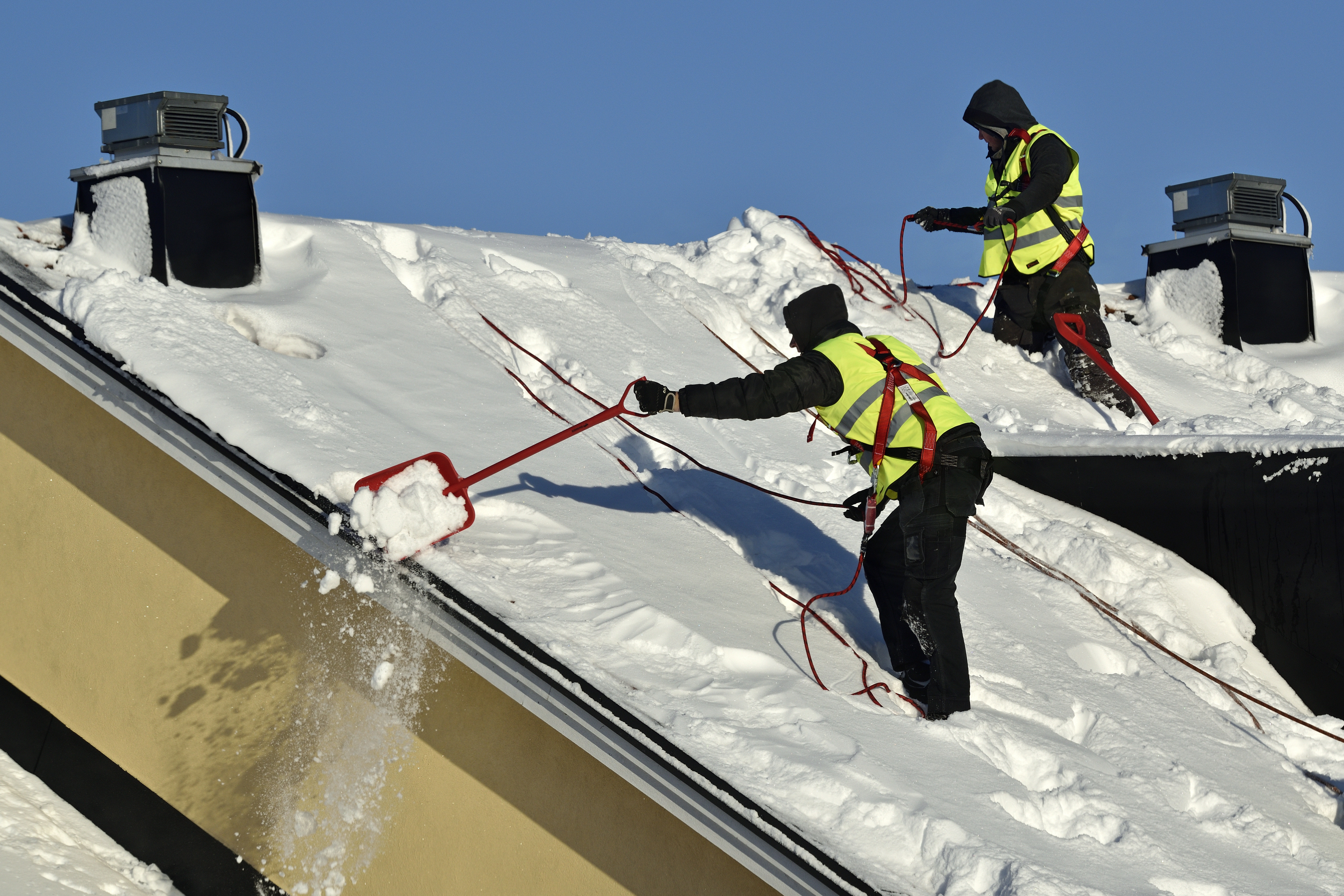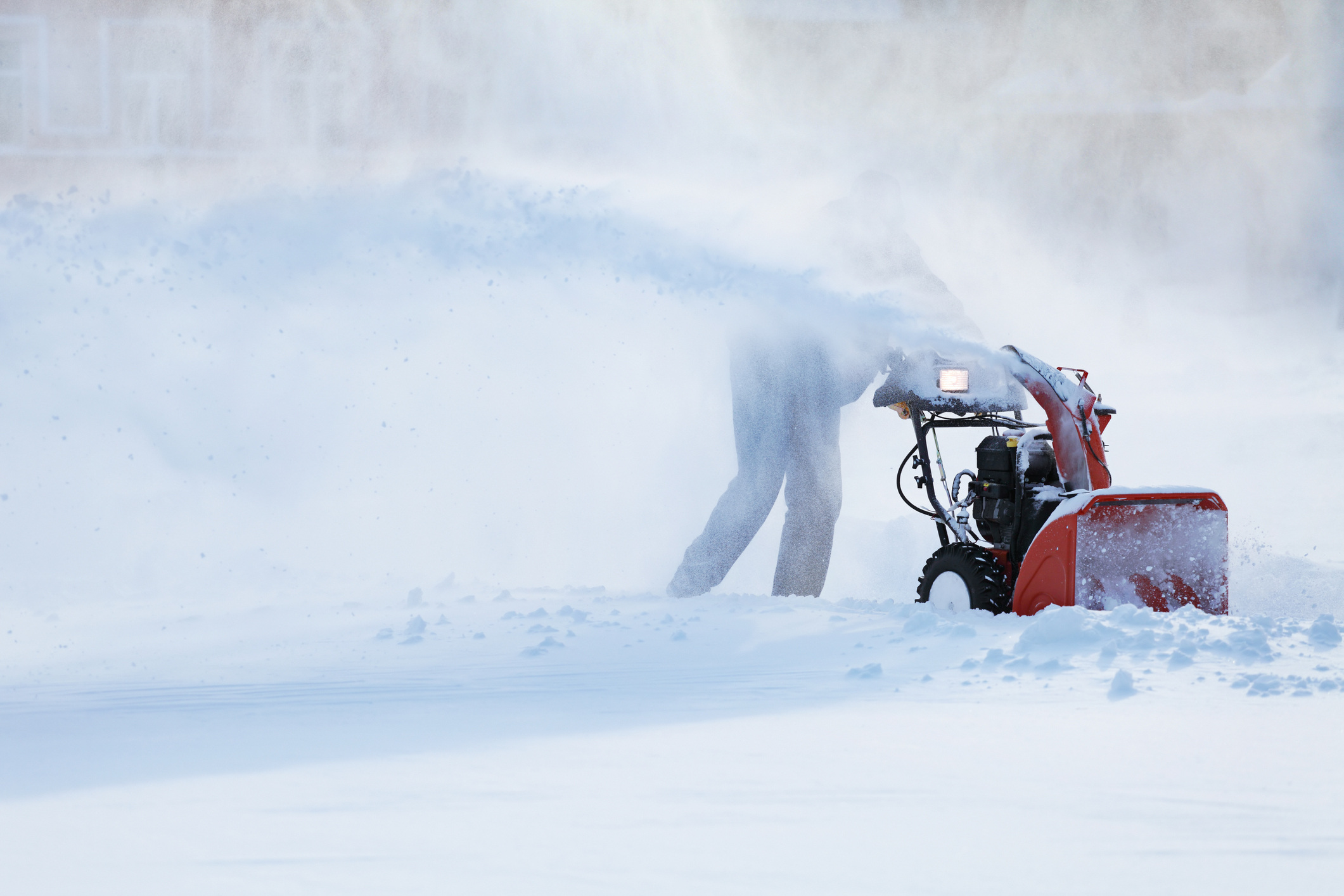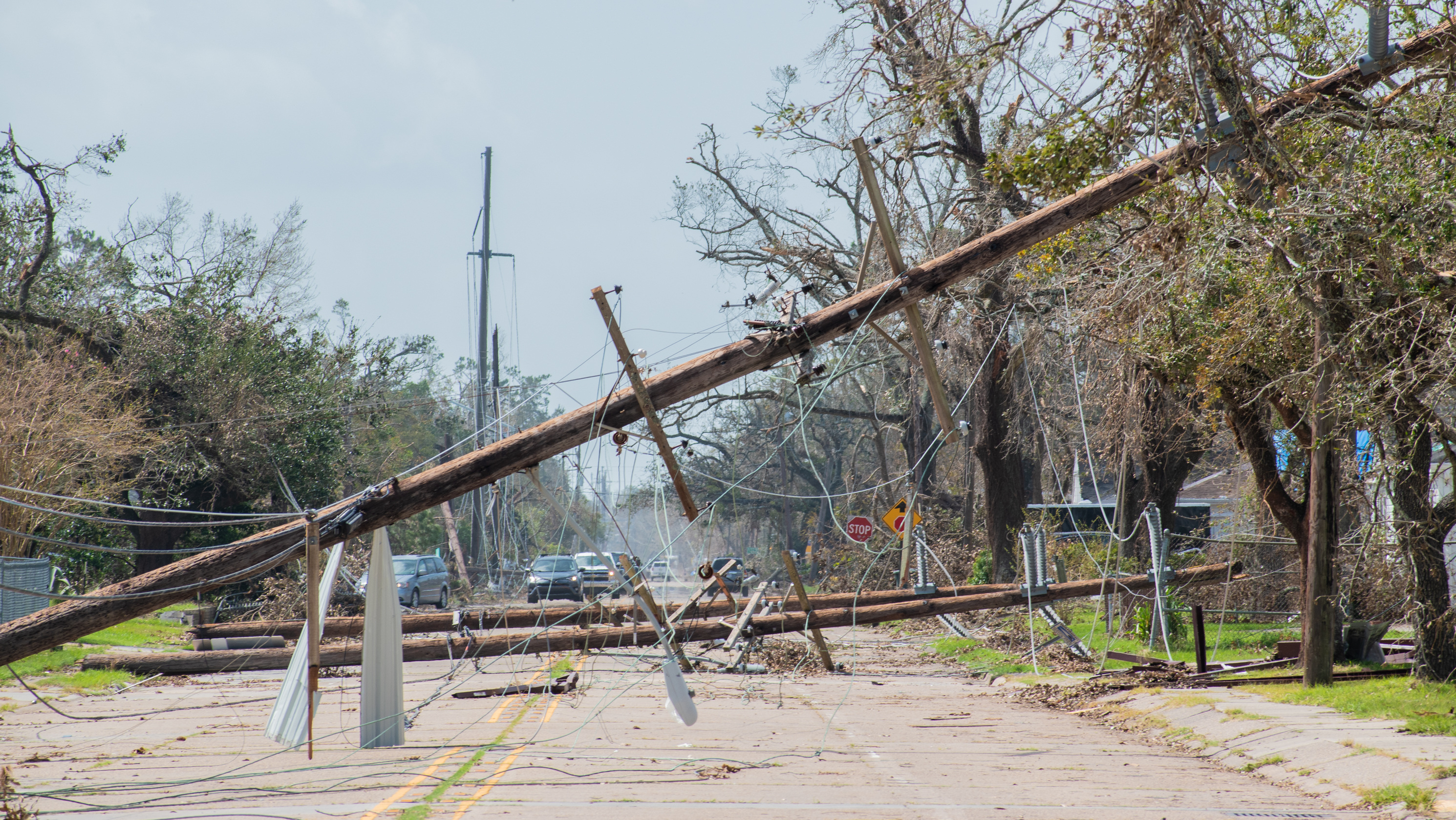Winter storms can bring a host of challenges, including snow and ice accumulation, high winds, and frigid temperatures. These weather events can last for hours or even days, leading to power outages and communication disruptions. To ensure the safety of your properties, employees, and residents, it's crucial to be well-prepared. In this blog, we offer valuable tips and shareable resources to help you navigate the challenges of winter storms.
Understanding severe weather terminology
The National Weather Service issues various winter weather alerts depending on the severity of the impending storm:
-
Winter Weather Advisory signals hazardous winter weather that is occurring or imminent, causing inconvenience.
-
Winter Storm Watch signifies the expectation of heavy snow, sleet, freezing rain, or a combination of these within the next 12 to 36 hours, without being imminent.
-
Winter Storm Warning means hazardous winter weather is imminent, occurring, or highly likely and poses a significant threat to life and property.
-
Blizzard Warning indicates winds exceeding 35 mph and reduced visibility for a quarter-mile or less for at least three hours, and causing dangerous wind chills.
-
Frost/Freeze Warning alerts to potential below-freezing temperatures that may damage plants and crops. Those in homes without heat should take extra precautions.
Winter storm safety tips

Follow these simple yet essential tips to ensure a safer experience during a winter storm:
-
Stay indoors during the storm.
-
Walk carefully on snowy, icy, and wet walkways.
-
Stretch before shoveling snow and avoid overexertion (heart attacks are a major cause of death related to winter storms).
-
Keep dry and change any wet clothing frequently to stay warm.
-
Watch for signs of frostbite: loss of feeling and a pale appearance in extremities such as fingers, toes, ear lobes, and the
tip of the nose.-
If symptoms are detected, seek medical help immediately.
-
-
Watch for hypothermia symptoms: uncontrollable shivering, memory loss, disorientation, incoherence, slurred speech, drowsiness,
and apparent exhaustion.-
If symptoms are detected, find a warm location and remove wet clothing. Warm the center of the body and drink warm, non-alcoholic beverages. Seek medical help immediately.
-
-
Do not drive unless it’s essential to health and safety. If you must drive, travel during daylight and with a companion.
-
Keep others informed of your destination and schedule so they can send help to your route in case of emergency. If possible, stay on
the main roads. -
If you will be going away during cold weather, leave the heat on in your home. Set it to a temperature no lower than 55° Fahrenheit.
Emergency supply kit
Have the following items readily available during a winter storm:
-
First-aid supplies and extra medication
-
Personal sanitary supplies and special items for babies, the disabled, or elderly individuals
-
Battery-powered radio with extra batteries
-
High-energy foods (e.g., dried fruit, granola bars) that do not require cooking or refrigeration are best.
-
Water in clean containers
-
Flashlights with extra batteries (candles are a fire risk; avoid them if possible)
Protecting your property from frozen pipes

Frozen pipes can lead to emergency calls, water supply disruptions, costly repairs, and damage to property and tenant belongings. Take steps to protect your building's pipes, especially in areas with less insulation:
“In warmer climates, buildings often lack proper insulation, increasing the likelihood of freezing when temperatures drop,” says Elizabeth Owens, HAI Group’s director of risk control and consulting. “Be alert to warning signs—bulging pipes; frost-covered pipes; a lack of running water; or a sink, tub, or toilet that will not drain—and take immediate action to prevent pipes from cracking or bursting.”
The most common pipe freezes occur in unheated interior areas like basements, crawl spaces, and exterior walls with water supply lines. Consider placing ordinary thermometers in hard-to-heat rooms. Close unnecessary openings, and make provisions for monitoring unattended facilities.
If a pipe bursts, shut off the water (know where the water shut-off valve is located so it’s not a mystery during an emergency). If the burst is near electrical switches or fuse boxes, turn off electricity in that area. Contact a licensed plumber to help remedy the problem and remove as much water as possible. Consider calling a remediation vendor for assistance. Make sure all damage is documented, including photos, and contact your insurance carrier.
-
Know where all water shut-offs to buildings are located. Coordinate with local fire officials, so they know where to find shut-offs. Consider posting water shut-off instructions.
-
Inform residents on proper techniques to maintain their unit in colder weather. When they are away from their unit, they should keep their heat at 55 degrees or higher.
-
Ensure all windows are shut, and all air conditioner units are removed.
-
Inspect vacant units and scattered sites daily for broken pipes, leaks, and other damage.
-
If a pipe does break, shut off the water immediately and contact a local, professional water mitigation company rather than trying to complete this process in-house. Water mitigation must begin as soon as possible. Notify HAI Group of the damage within 24 hours.
Winterizing vacant units in occupied buildings
To protect vacant units in your buildings during winter, consider the following measures:
-
Keep the temperature at or above 55 degrees.
-
Open all vanity cabinets to expose pipes to warmer air.
-
Keep all interior doors open to allow for airflow throughout the unit.
-
Keep all windows and storm windows closed to the elements.
-
Ensure that all pump rooms and sprinkler mechanical areas are heated to prevent a broken pipe or sprinkler malfunction.
Winterizing completely vacant buildings
-
If no sprinkler system is present and all water is drained from sprinkler supply lines, plumbing fixtures, and water heaters, the heat can be turned off.
-
If a sprinkler system is present and has not been drained, the heat must be kept at 55 degrees or above.
-
Maintain all fire protection equipment per National Fire Protection Association (NFPA) standards.
-
Winterizing can go a step further by adding a non-toxic RV Antifreeze to the fixture and toilet traps once the lines have been drained. Be sure to post signs warning “Winterized: Do Not Use Plumbing.”
Vehicle maintenance checks
Before every winter season or storm, conduct these vehicle maintenance checks:
(Note: do not drive during winter storms unless it's essential to health and safety.)
-
Check your vehicle’s radiator system; service as needed.
-
Ensure your vehicle has enough antifreeze and the right mixture for winter.
-
Inspect your vehicle’s windshield wipers and use windshield washer fluid designed for winter conditions.
-
Check your vehicle’s tires for any worn-down areas or treads.
-
If you don’t already have them, purchase jumper cables and store them in your car.
-
Store an ice and snow removal tool in your vehicle.
For more information on driving in winter weather (only if it's necessary):
Snow removal best practices

Taking steps to remove snow once the storm subsides can help prevent property damage and accidents. Follow these snow removal best practices:
-
Pre-treat walking surfaces and parking lots with ice melt to reduce slippery areas and save time during shoveling operations.
-
The longer snow sits on a surface, the more difficult it is to shovel. Attempt to clear snow as soon as possible.
-
Consider the use of licensed and insured contractors—in addition to your employees—to improve your snow removal efficiency.
-
Motorized equipment, such as snow blowers, power shovels, plows, and tractors save time and reduce strain. Ensure that anyone using this equipment has been adequately trained and has adequate personal protective equipment.
-
Keep records of ice melt usage and actions taken during the snow removal process.
-
Shovel areas periodically throughout the day, as more frequent sessions of shoveling smaller amounts of snow will reduce strain on
the body. -
Use lightweight and ergonomically designed shovels to prevent back and lifting injuries. For areas and situations where snowfall is heavy, encourage the use of snow blowers or plow equipment.
-
Encourage employees to dress in layers, hydrate regularly, and take frequent breaks during removal activities to reduce exertion.
-
Encourage employees to inspect equipment before any use and report any deficiencies immediately to prevent injury to themselves or others.
-
Post warning signs, have residents wait until areas are clear of snow before walking and provide warnings regarding the risk of slips, trips, or falls on slippery surfaces.
Identifying and removing ice dams

An ice dam is a ridge of ice that forms at the edge of a roof and prevents melting snow from draining off the roof. The water that backs up behind the dam can leak into a building and cause damage to walls, ceilings, insulation, and other areas.
How do you know if you have an ice dam?
-
Look carefully at the icicles around the exterior of your buildings. If they are confined to the gutters, and there is no water trapped behind them, an ice dam has likely not formed. Nonetheless, icicles can pose a danger to people when they fall off. Try to safely knock them down while standing on the ground, making sure not to stand directly beneath them. If you cannot safely reach them from the ground, consider hiring a contractor to help.
-
Check for water stains or moisture in attic spaces or exterior walls on the uppermost floor. Stains or moisture may indicate that an ice dam has formed and water has penetrated the roof membrane.
Removing ice dams
-
Melt the ice dam. Fill a nylon stocking with calcium chloride ice melt, and place it vertically across the ice dam to melt a channel through the dam. If you try this, make sure you can safely position the ice melt on your roof, and make sure to use calcium chloride, not rock salt. Rock salt will damage your roof. Also, be aware that shrubbery and plants near the gutters or downspouts may be damaged.
-
Get professional help. If you cannot safely reach the roof, avoid using a ladder in snowy and icy conditions. Consider hiring a contractor to remove the ice dam.
Preventing ice dams
- Ensure that attics are adequately insulated and there is no significant heat loss through the roof. Clean all gutters of any debris before the colder weather to maintain drainage and prevent pooling ice from freezing in the gutter.
Removing snow from roofs
Taking action to remove snow from the surface of your properties’ roofs is an important consideration to preserve the structural integrity of the buildings, especially in regions with large snowfall totals and consistent below-freezing temperatures. While this is an essential process for many, there can be a considerable risk involved with removing snow, protecting personnel, and maintaining the condition of your properties.
-
When using a roof rake, attempt to shave the snow down to two to three inches on the surface. Attempting to scrape shingles clear of snow entirely may damage the surface and pose the threat of future leaks.
-
Refrain from using a roof rake or shovel while positioned on a ladder. This can result in a greater chance of tipping the ladder.
-
Ensure that crews or residents on the ground will not be hit by falling snow or objects. Create a safety zone that prohibits anyone from standing in an area where snow may fail to prevent injuries.
-
Use only plastic shovels and snow blowers with rubber or plastic blades to prevent surface damage.
-
Determine the location of roof drains, vent pipes, skylights, and roof-mounted equipment to prevent damage to these components during snow removal.
-
Avoid making piles or unevenly cleaning the roof surface. This may put additional weight in a particular section and exceed the maximum snow load for the roof surface.
Bottom line
By following these guidelines, you can safeguard your properties, employees, and residents during winter storms, minimizing potential damage and ensuring everyone's safety.
Additional (free) resources from HAI Group
Contact our Risk Control and Consulting team for more resources and answers to your housing organization’s risk-related questions.
This article is for general information only. HAI Group makes no representation or warranty about the accuracy or applicability of this information for any particular use or circumstance. Your use of this information is at your own discretion and risk. HAI Group and any author or contributor identified herein assume no responsibility for your use of this information. You should consult with your attorney or subject matter advisor before adopting any risk management strategy or policy.















